
How To Choose The Perfect Air Handling Unit Air Conditioning System
- By:ren
- 2022-11-07
- 29

In this article, we look at the air-handling unit (AHU) air conditioning system, which is an integral part of an HVAC system. The AHU is a device that is used to condition and supply fresh air to different parts of a building. In addition, it also helps in exhausting stale air and other gases present in the ventilation system. A properly designed and installed AHU AC system can help reduce energy costs by controlling humidity levels and monitoring CO2 levels. Let’s explore more details on what makes up the AHU air handling unit air conditioning system below.
What is an AHU?
An air handling unit (AHU) is a device used to condition, distribute, and control the flow of air within a building. It is located in the ventilation system, and the entire HVAC system is controlled by the building automation system (BAS). The AHUs are intended to be operated in conjunction with air filters, humidifiers, dehumidifiers, air-conditioning units, and other air system components. The AHU is also known as a “building ventilation unit,” “air distribution unit,” “air diffuser unit,” “building air distribution unit,” and “air handling unit (AHU)”. An AHU is a central unit that distributes conditioned air throughout the building. It is usually placed in the ceiling or in a wall of a building and has openings or louvers to distribute the air. The AHU is connected to ducts that lead to various parts of the building.
Air handling unit system components
An air handling unit system has various components that make up the air handling unit air conditioning system. The air handling unit air conditioner capacity, air filter, louvers, AHU fan, and AHU control system are some of the components of an AHU. - Air filter: The air filter is a very important component of the AHU AC system. It is used to remove dust, debris, and impurities from the air. It is also used as a humidifier. - Louvers: Louvers are the openings or vents through which the conditioned air is released. Louvers are controlled by sensors, which help to monitor the CO2 levels in the building. - AHU fan: The AHU fan is used to draw in dirty and contaminated air from the building’s interior and exhaust it to the outside. The fan installed in the AHU is usually centrifugal in type. - AHU control system: The AHU control system is used to regulate the temperature, humidity level, and flow of air in the building.
Air-handling unit air conditioner capacity
The air-handling unit air conditioner capacity is the amount of air that an AHU can condition and distribute to a certain area. This capacity is measured in cubic feet per minute (CFM). The CFM of an AHU is determined by the CFM of the exhaust and supply fans, the type of louvers, and their sizes. You can find the air-handling unit air conditioner capacity in the equipment manufacturer’s literature. The air-handling unit air conditioner capacity is calculated based on the following formula: Air-handling unit air conditioner capacity = Exhaust fan CFM x Supply fan CFM x Open area (in square feet)
AHU benefits
The AHU acts as the central control unit of an HVAC system. The AHU combines all the ductwork, fans, and other components of a building’s ventilation system under one roof. An AHU is used to distribute air conditioning and heating throughout a building. It also helps in controlling the humidity level in a building. The AHU is connected to ductwork, which distributes the conditioned air throughout a building. Some of the benefits of using an AHU are listed below: - With an AHU, you can control the flow and temperature of the air in a building. - AHUs can provide a controlled flow of air in a building. - AHUs enable you to control the humidity level of a building. - AHUs let you regulate the pressure of air in a building. - AHUs are designed and installed according to building codes and local authority regulations. - AHUs can be integrated with other building systems to automate various building operations. - AHUs can be easily controlled and monitored from a control panel in the building. - AHUs are easy to install and maintain.
Advantages of AHU AC systems
The AHU AC systems come with a number of advantages and benefits. Some of these are listed below: - AHU AC systems can reduce energy costs. - AHU AC systems are cost-effective. - AHU AC systems are easy to install and maintain. - AHU AC systems are easy to operate and control. - AHU AC systems are safe and reliable. - AHU AC systems are durable and have a long lifespan.
Disadvantages of AHU AC systems
Not all systems are perfect, and the AHU AC systems are not an exception. There are certain disadvantages of using the AHU AC systems, which are listed below: - AHU AC systems are one of the costliest systems. - AHU AC systems are not suitable for large buildings. - AHU AC systems cannot be used for large commercial buildings. - AHU AC systems are not suitable for high-rise buildings.
Conclusion
The air handling unit air conditioning system is an integral part of HVAC systems. It works as the central unit of a building’s ventilation system. The AHU distributes conditioned air to different areas throughout a building through ductwork. The AHU AC system is one of the most cost-effective systems. It is easy to install, operate, and maintain. The AHU AC system has various advantages, but it is not suitable for every building. If you are looking for an efficient system for your building, then the AHU AC system is the one for you!
-
Cleanroom Glass Windows Are The Key to Maintaining a Clean Environment
-
Top Aluminium Profile Manufacturers in China: Leading the Global Market
-
The Evolution of Air Tight Sliding Doors
-
AHU Aluminium Profile: A Comprehensive Guide
-
The Importance of Choosing the Right Cleanroom Door in Vietnam
-
The Benefits of Hospital Automatic Doors: Enhancing Efficiency and Safety
-
The Best Bathroom Door Manufacturers - Unlocking Endless Possibilities!
-
Unlock the Possibilities with AJ Manufacturing Doors
-
Make a Statement with Manufactured Home Interior Doors!
-
what is aluminum profile? Aluminum Profiles for Your Home is the best option
-
High Speed Clean Room Doors Cut Contamination Risk
-
Dustproof Cleanroom Door Innovation for Sterile Spaces
-
How Cleanroom Half Glass Swing Door Enhances Sterile Access
-
Why Custom Cleanroom Aluminum Profile Matters Today
-
Smart Ceiling Air Diffuser: Dampers Add Full Control
-
E-ZONG: Trusted Air Tight Sliding Cleanroom Door Manufacturer
-
Top Benefits of Clean Room Roll Up Door Systems
-
Cleanroom Glass Door Innovations You Should Know
-
Improve Airflow With the Right Air Diffuser Vent
-
Why Every Laboratory Needs a Sealed Cleanroom Door

Guangzhou Yizhong Aluminum Industry Co., Ltd.
We are always providing our customers with reliable products and considerate services.
We are always providing our customers with reliable products and considerate services.
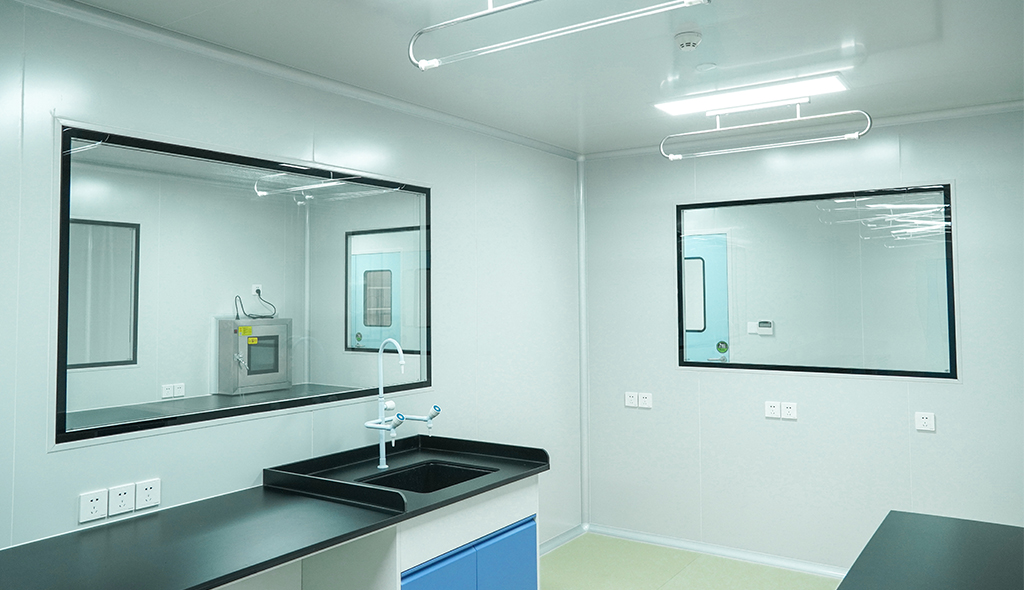
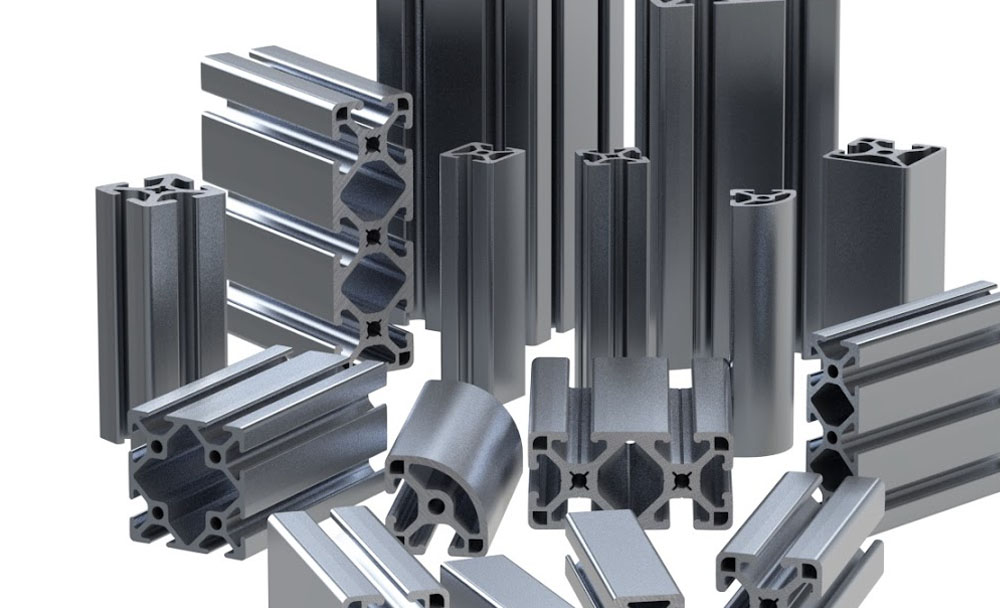
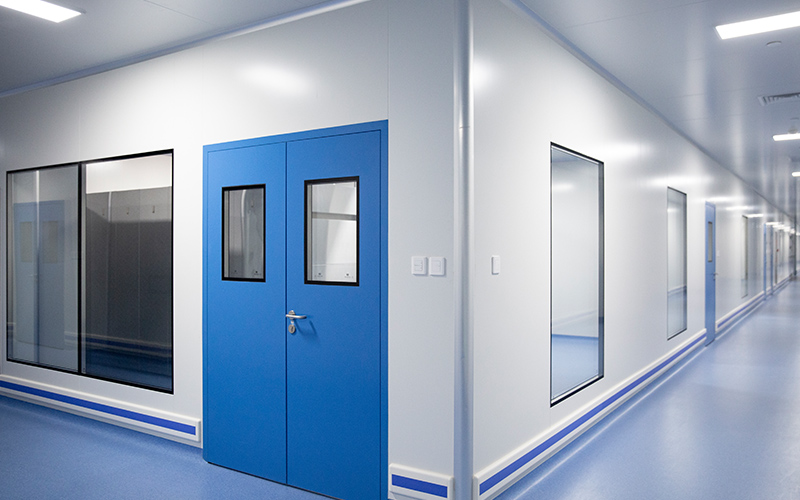
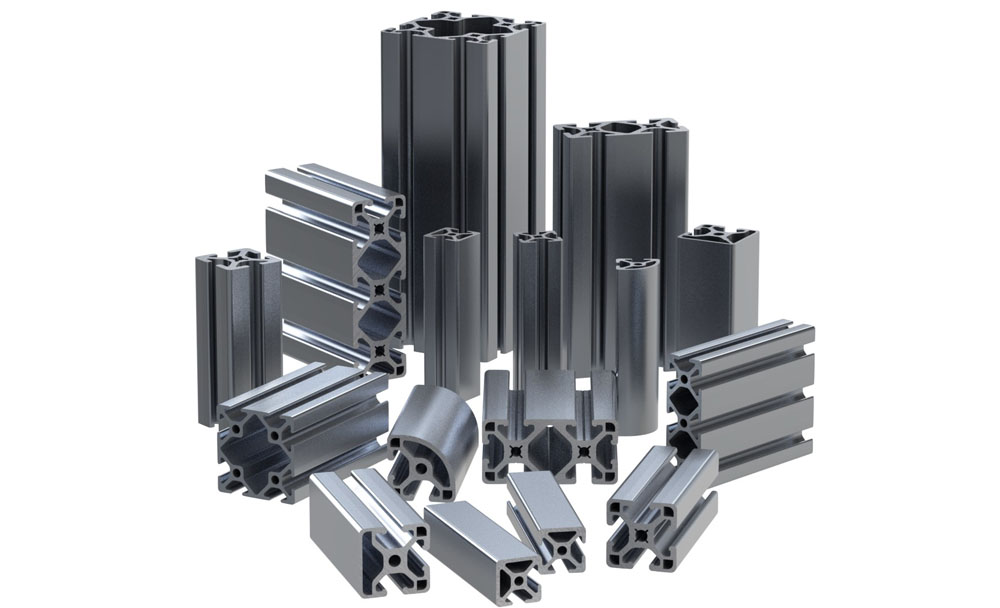
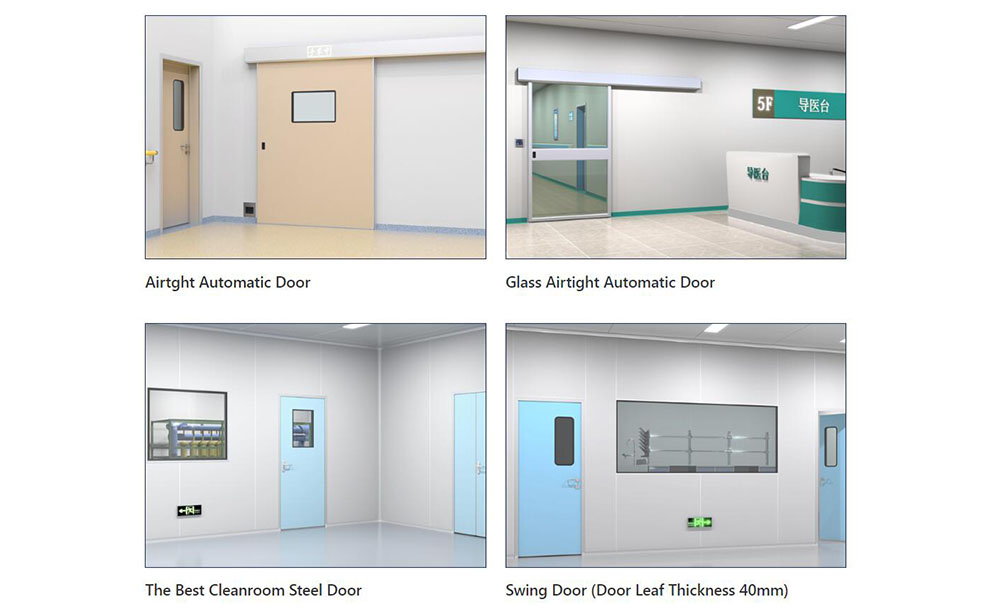

.jpg)
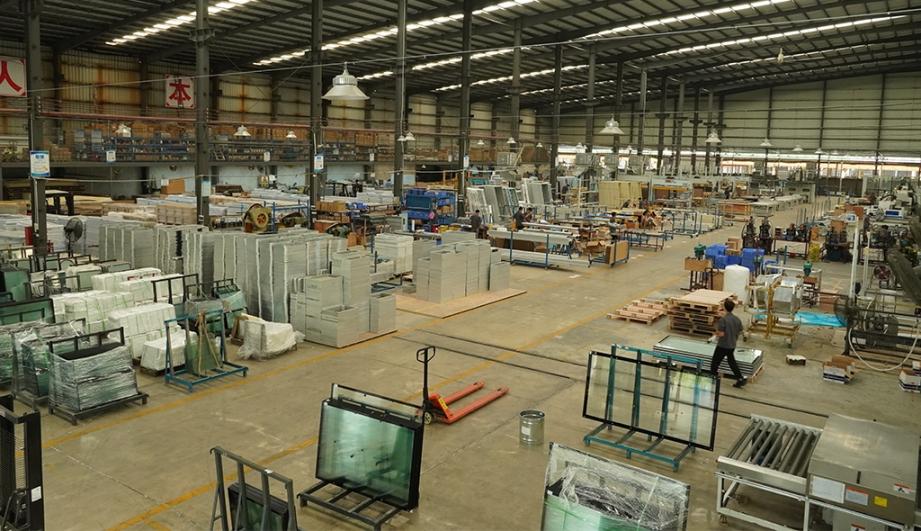

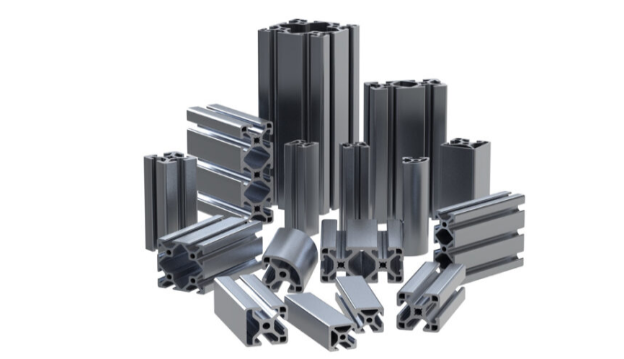

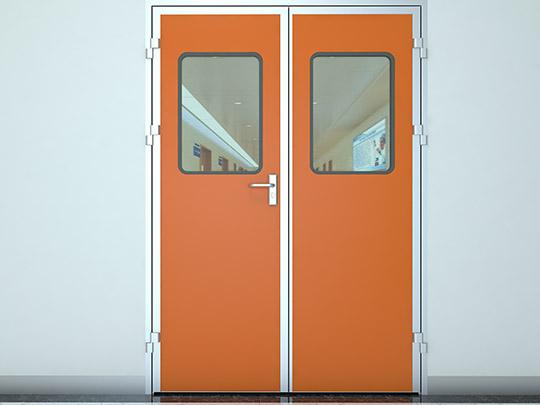
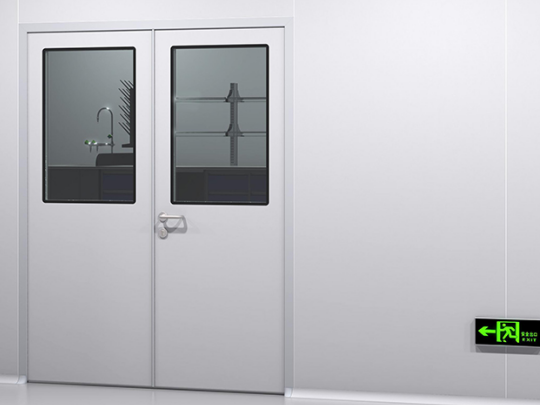
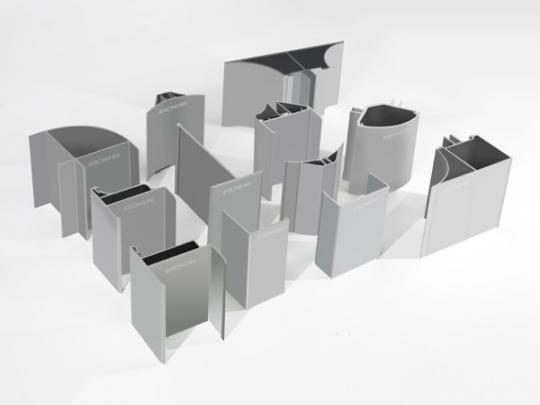
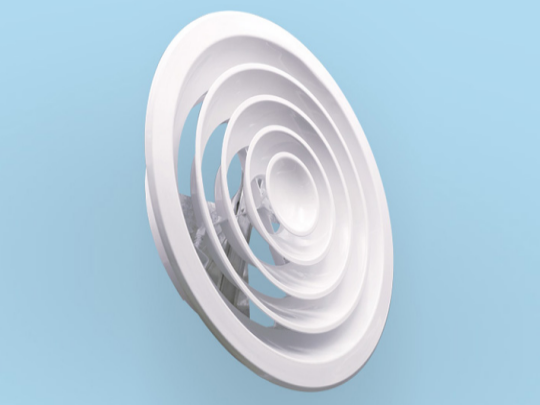
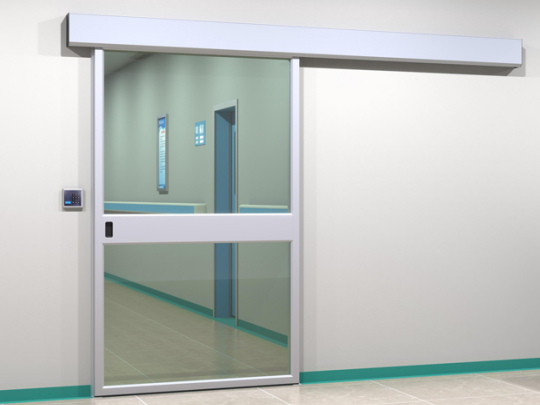
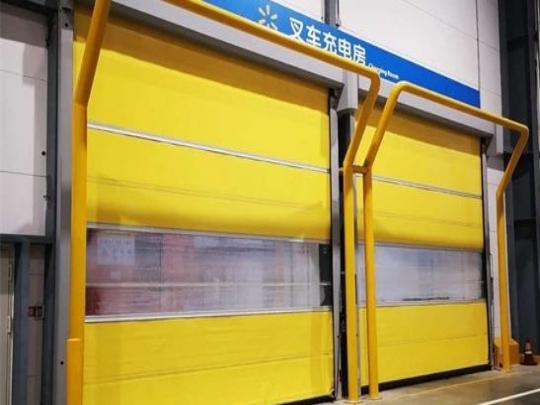
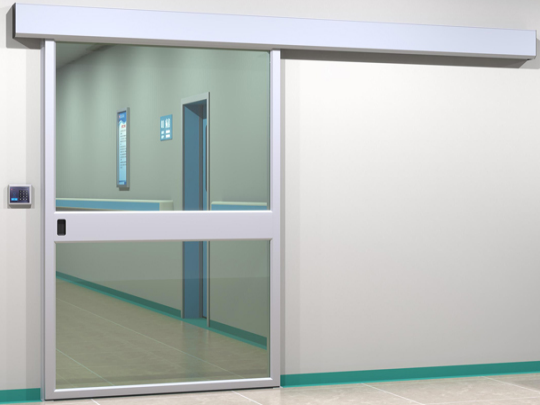
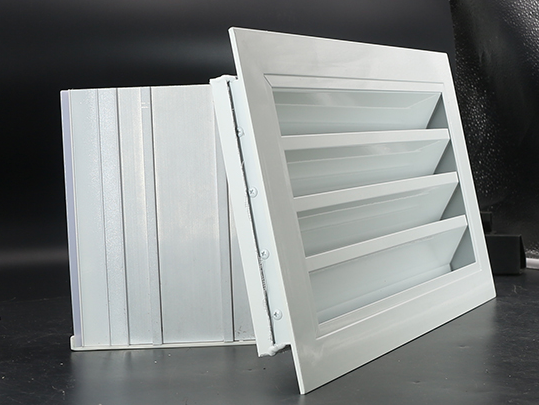
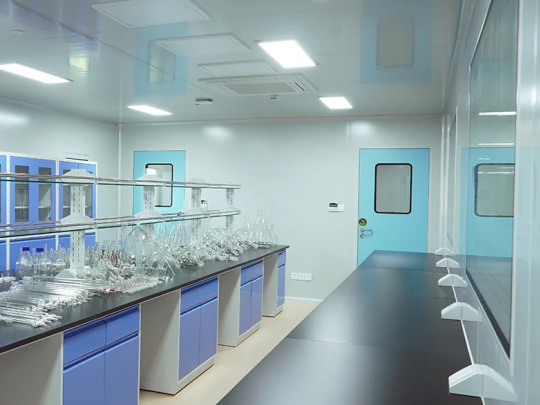
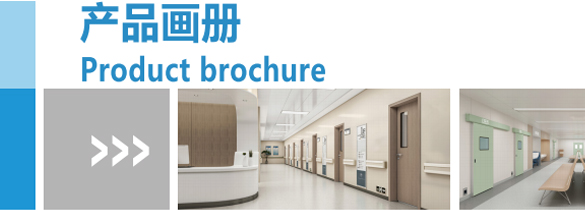
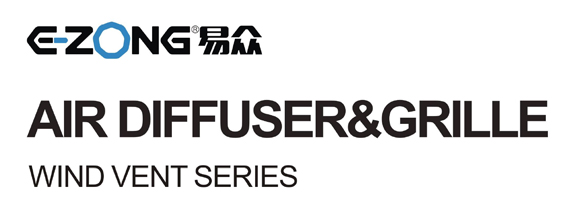








Speak Your Mind